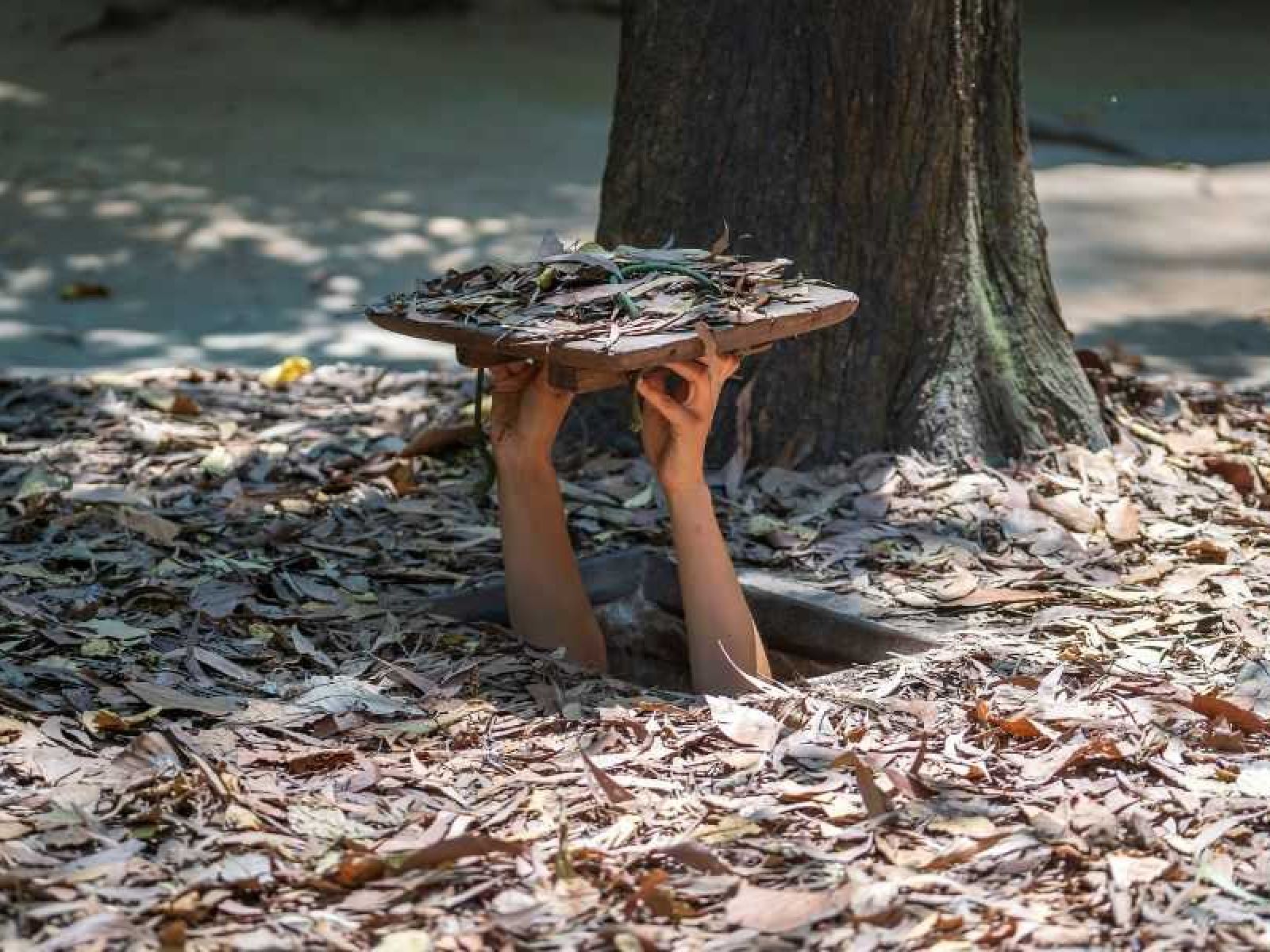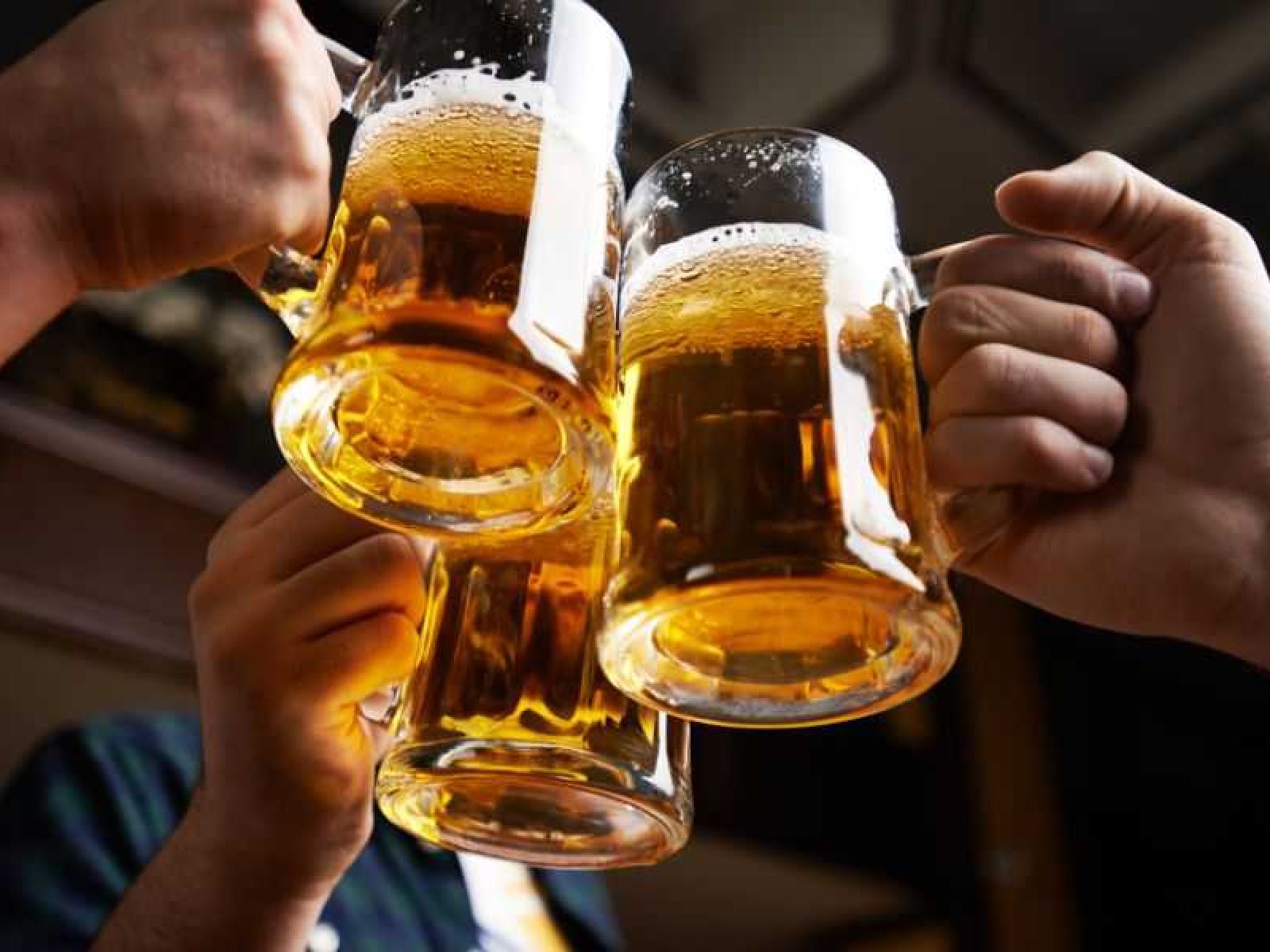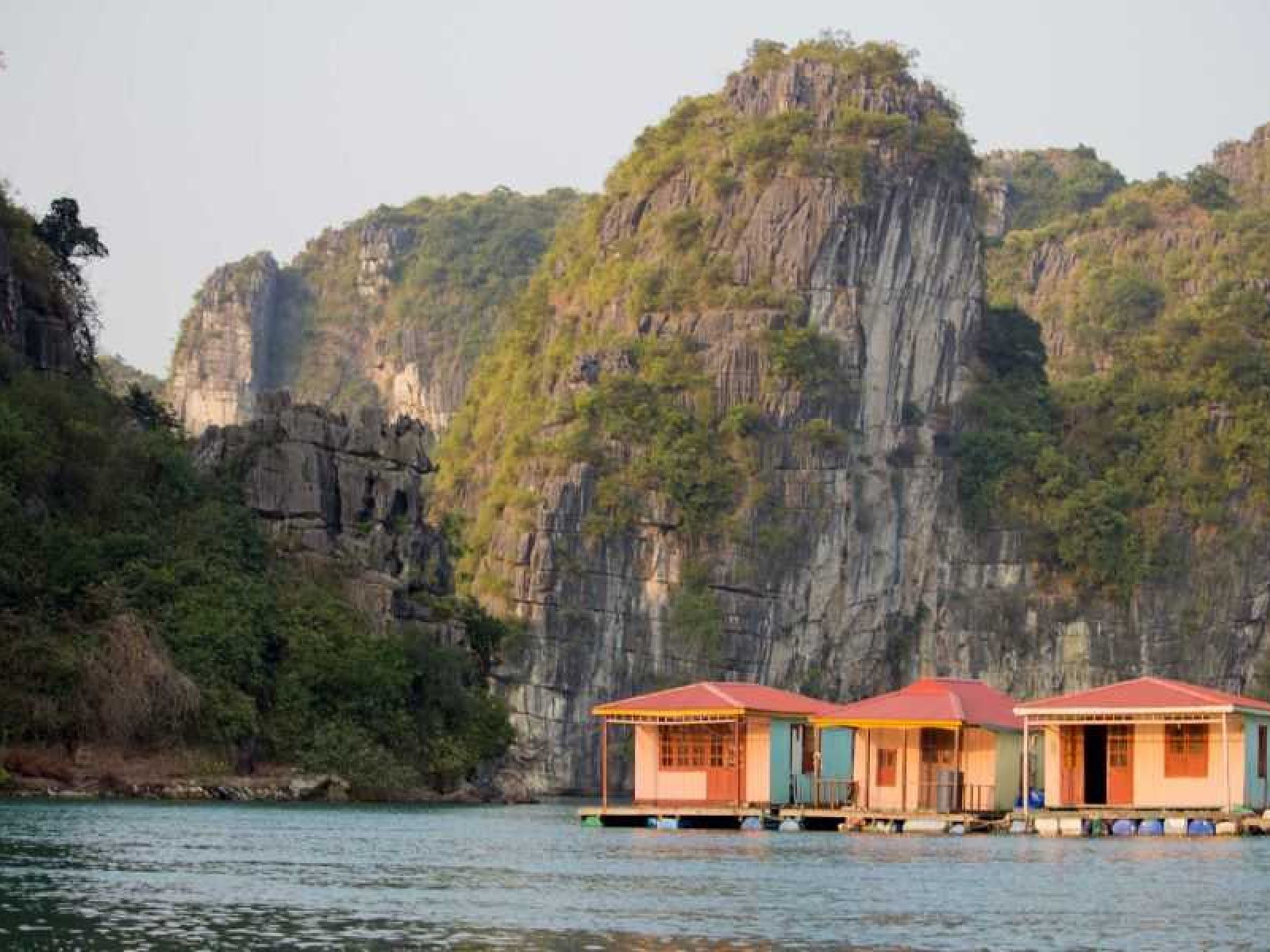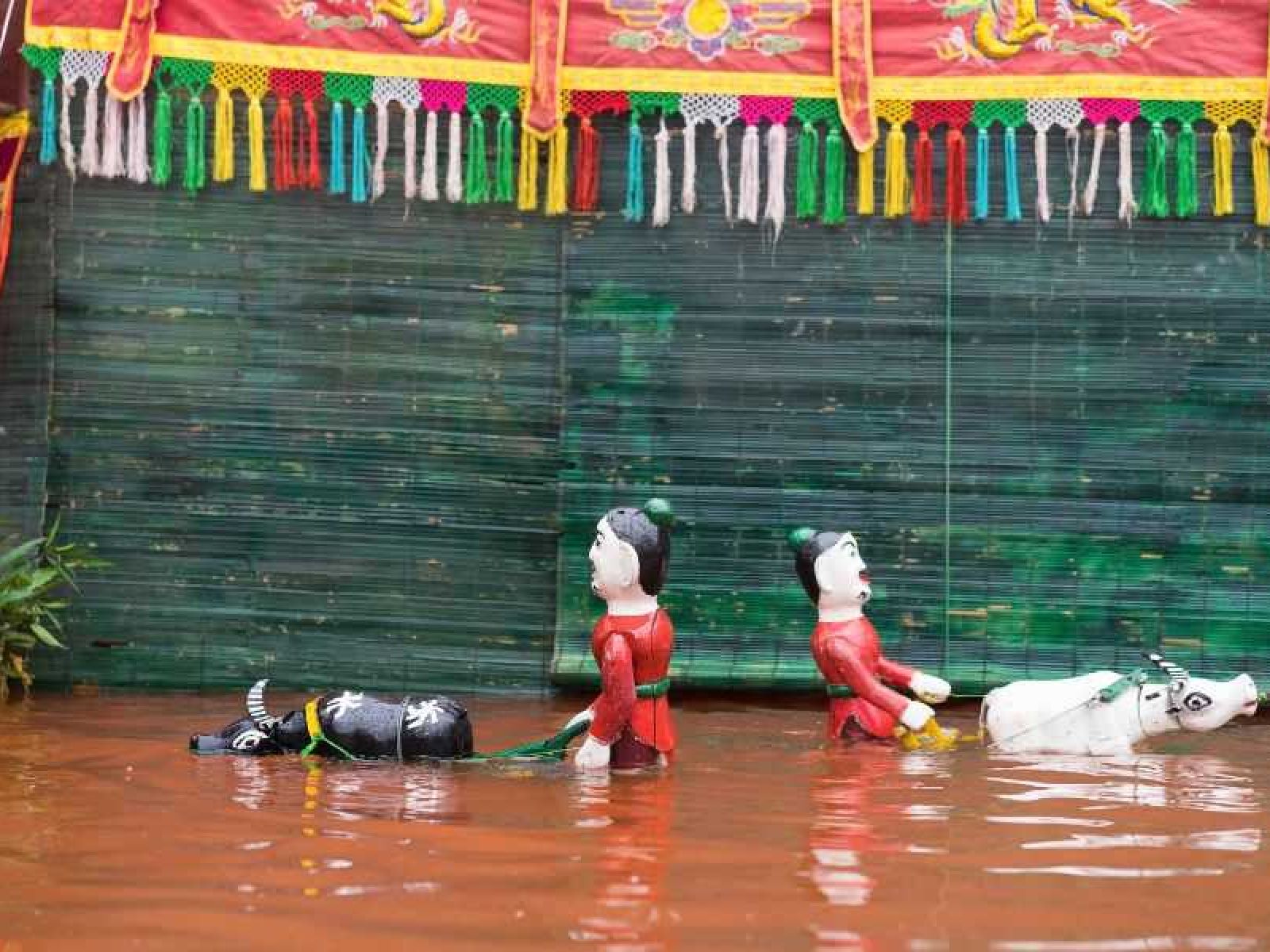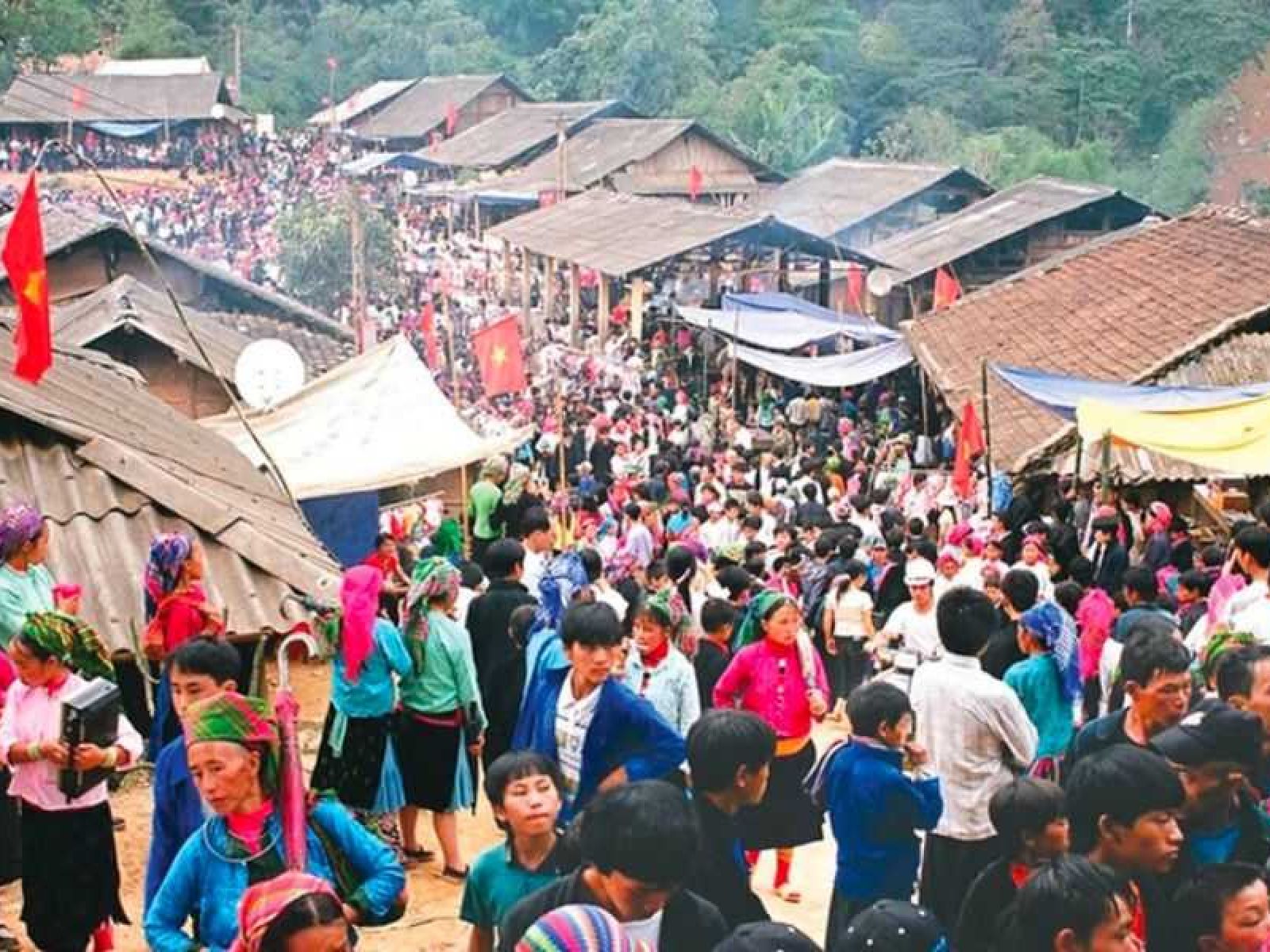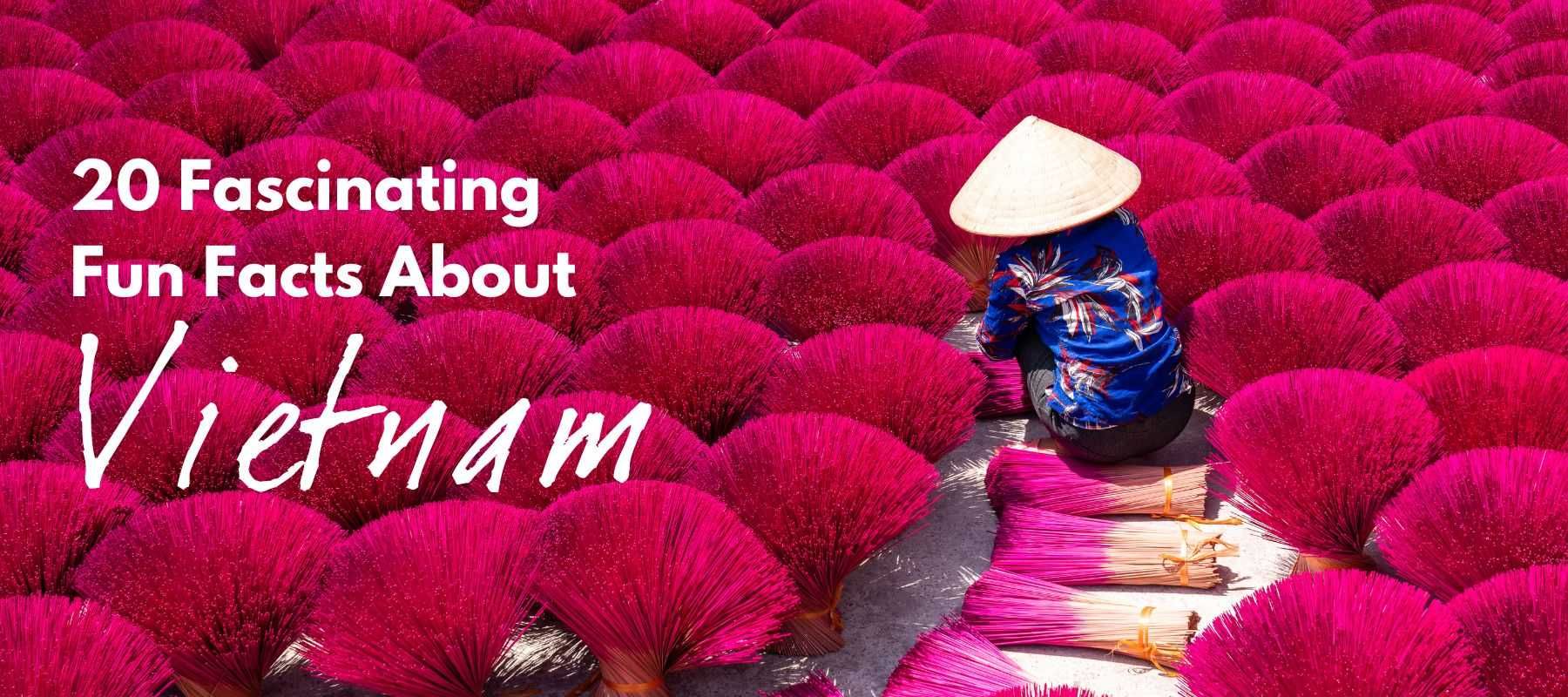
20 Fascinating Fun Facts About Vietnam
Vietnam attracts a growing number of visitors worldwide each year, thanks to its impressively long coastline, uniquely captivating culture, and irresistible cuisine that leaves you wanting more. Beyond these trademarks, the country boasts various astonishing facts seldom found elsewhere. Drawing on our knowledge and experience accumulated over the years living in this wonderful country, we will guide you through the top 20 special facts waiting to be explored about Vietnam.
1. Home of the largest cave in the world
Son Doong Cave was discovered in 1990 in Phong Nha-Kẻ Bàng National Park, Vietnam – a UNESCO Heritage Site – by a nearby farmer. However, it was not until 2009, during the British–Vietnam Cave Expedition, that the destination was officially surveyed and measured, leading to its recognition as the largest cave ever found. The cave stands 200 meters high, 150 meters broad, and is 9 kilometers long, with a scale capable of holding a 40-story building.
The extraordinary and mysterious underground world within Son Doong is the reason for the cave's worldwide fame and renown. It has its own ecosystem, weather, and a mysterious underground river that no explorer has yet traced to its end, along with many complex and giant stalactites (over 80m high).
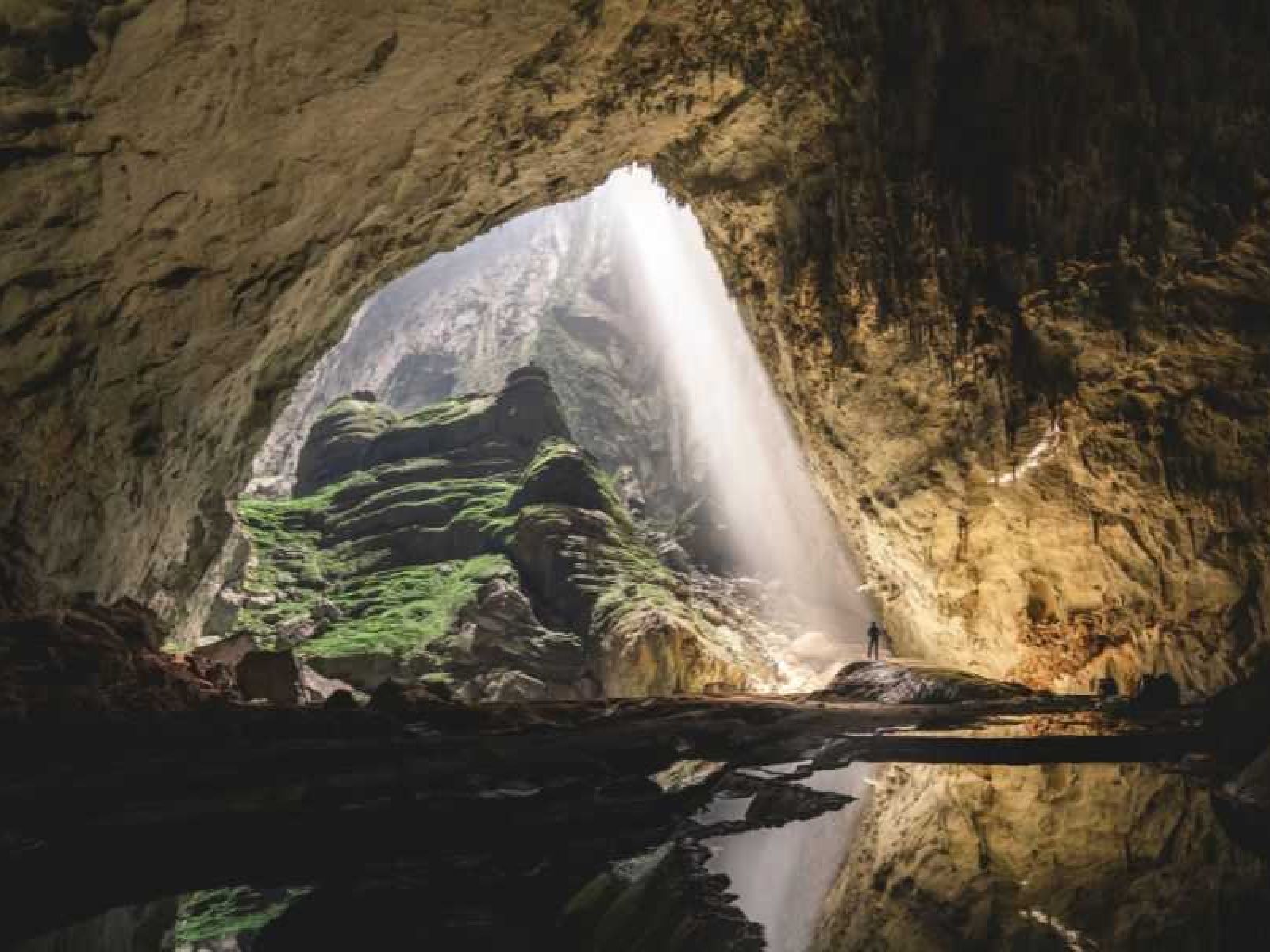
Read more about Phong Nha Ke Bang National Park
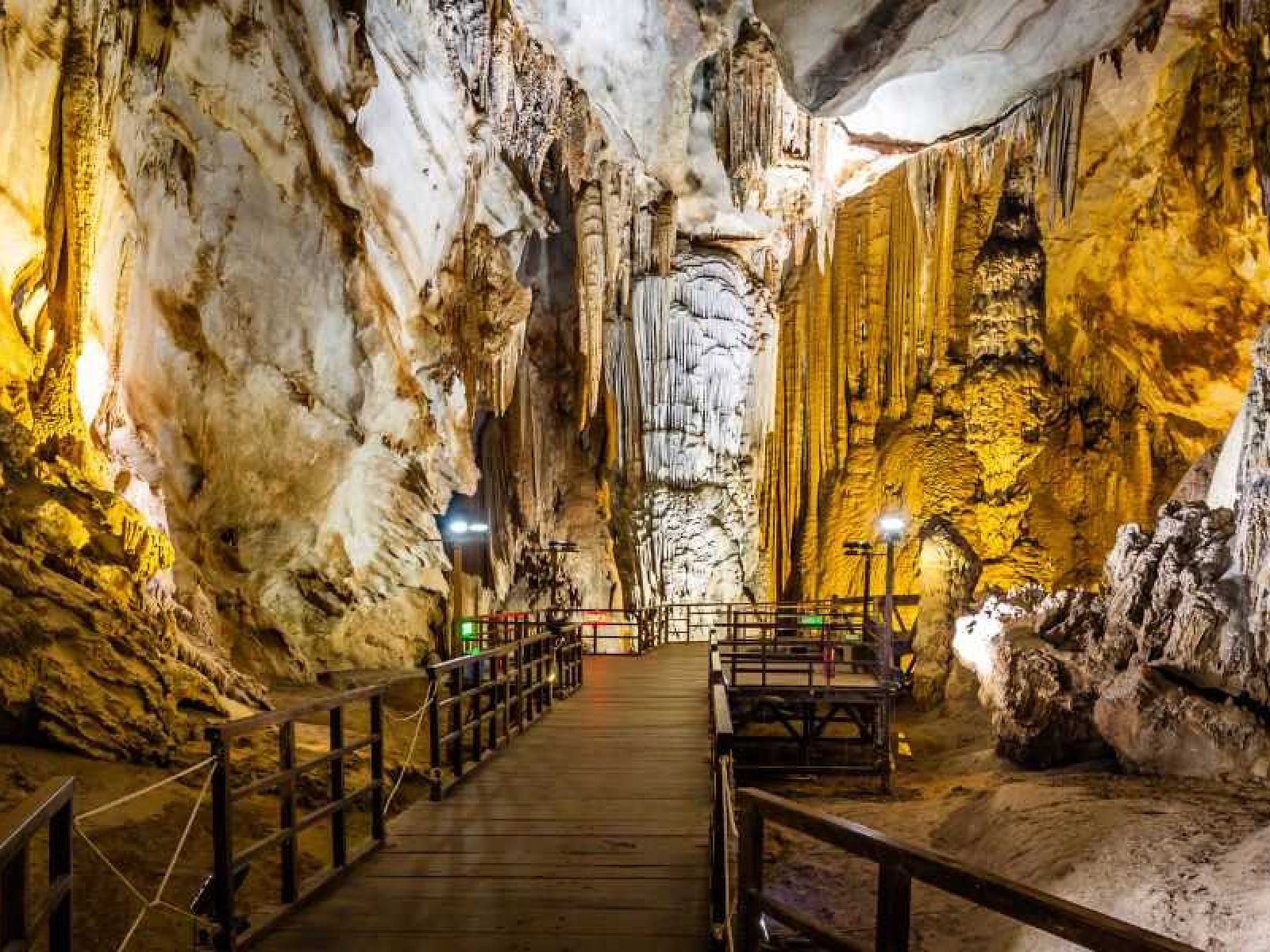
2. A system of long and massive caves
The longest cave in Vietnam, Thien Duong (Paradise) Cave, stands as a captivating marvel nestled in the heart of Phong Nha-Ke Bang National Park. Stretching an impressive 31 kilometers, this underground labyrinth reveals an enchanting world of geological wonders. The cave showcases a mesmerizing array of stalactites, stalagmites, and intricate formations, each contributing to the awe-inspiring beauty of its subterranean landscapes.
Beyond its geological allure, Thien Duong Cave may harbor unique biodiversity, creating a distinct ecosystem within its confines. This underground realm could be home to rare species of flora and fauna, adding to the cave's ecological significance.
3. The Cu Chi tunnel network
The Cu Chi Tunnels, a renowned historical site, are located 70 kilometers from the center of Ho Chi Minh City (Saigon). During the war, the Viet Cong dug these tunnels under Vietnam to evade aerial attacks and later utilized them as a means of transportation between their homes. Remarkably, they extended for a total length of 200 kilometers! This impressive structure also served as a complex, featuring clinics, kitchens, meeting halls, and even a weapons vault. The 120 kilometers of tunnels preserved over the years have been transformed into a war memorial park.
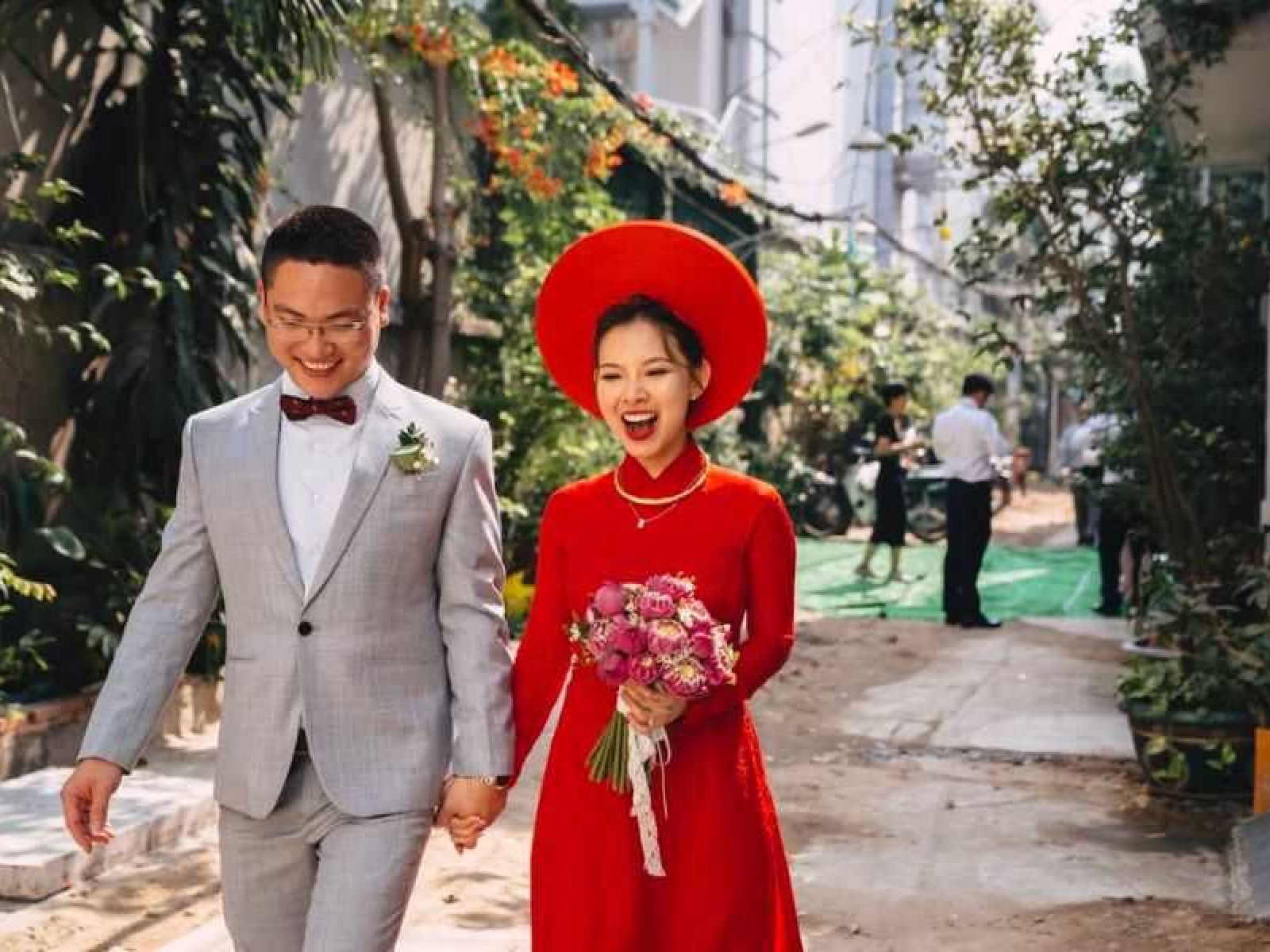
4. Red weddings
Weddings in Vietnam follow a slightly different ritual than those in the West, and they are a significant celebration, often with as many as a thousand people in attendance. Unlike Western weddings where white is predominant. In Vietnam, the color red holds more cultural significance. Traditionally, brides wear red attire on their wedding day, with the red Ao Dai being the dress of choice for almost all Vietnamese girls. This choice is rooted in the belief that the color red symbolizes happiness and will bring good luck and joy to the newlyweds.
5. Extraordinarily thin buildings
Hanoi boasts a skyline adorned with modern skyscrapers, traditional tenement buildings, and remarkably compact blocks — some as narrow as a bicycle! In the nation's capital, these unique structures are referred to as 'nha mong,' and there are 179 of them. Typically, these buildings, found in various parts of the city, consist of five levels. The Ba Dinh District, in particular, is home to 44 of these distinctive constructions, easily visible in the cityscape.
However, since 2005, the government has implemented a rule prohibiting the construction of such petite homes. This regulation stems from concerns about the buildings' resilience to earthquakes, necessitating a minimum width of at least 3 meters.
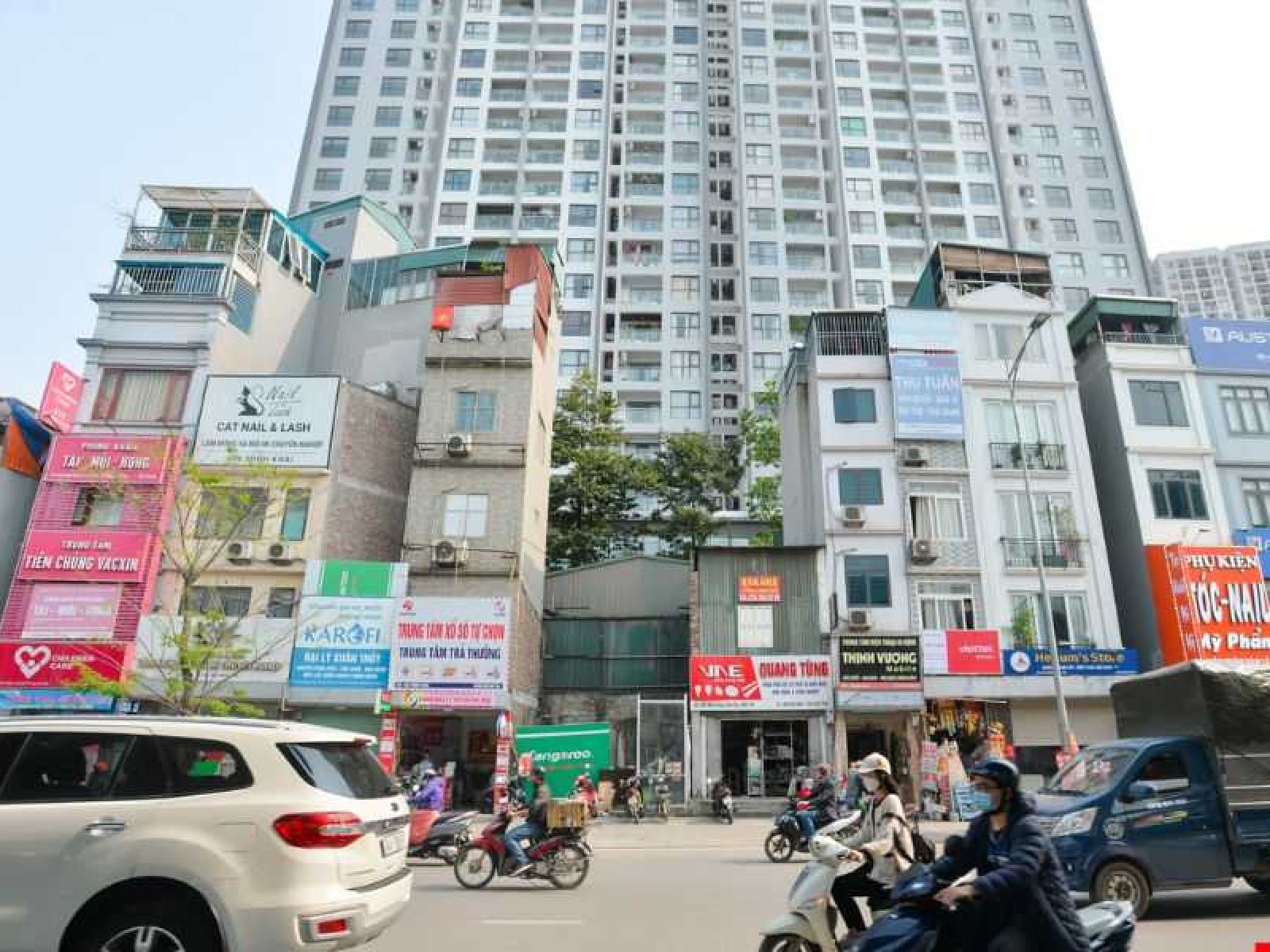
6. The cheapest beer in the world
In Vietnam, you can always find good and affordable beer! Bia hoi, often referred to as 'steaming beer,' is a type of barrelled beer sold within 48 hours of being barrelled. Its unique characteristic is that it spoils quickly due to the absence of pasteurization. The traditional beer in Vietnam offers a more flavorful experience, particularly during the first 36 hours after the barrel is opened, gradually developing a distinctive sour taste over time.
Planning a trip to Vietnam?
With MakeYourAsia, your dream trip comes with stress-free planning and authentic experiences. Simply leave everything to us!
7. Featured in Marguerite Duras’ work
If you appreciate the works of the famous French author and novelist Marguerite Duras, you're likely familiar with 'The Lover,' one of her best-known autobiographical books. During your time in Saigon, it's highly recommended to visit her former high school, Chasseloup-Laubat (now Le Quy Don), as well as her family's former residence on Testard Street, now known as 141 Vo Van Tan. Interestingly, the house of her lover, mentioned and depicted in the book, is also worth exploring.
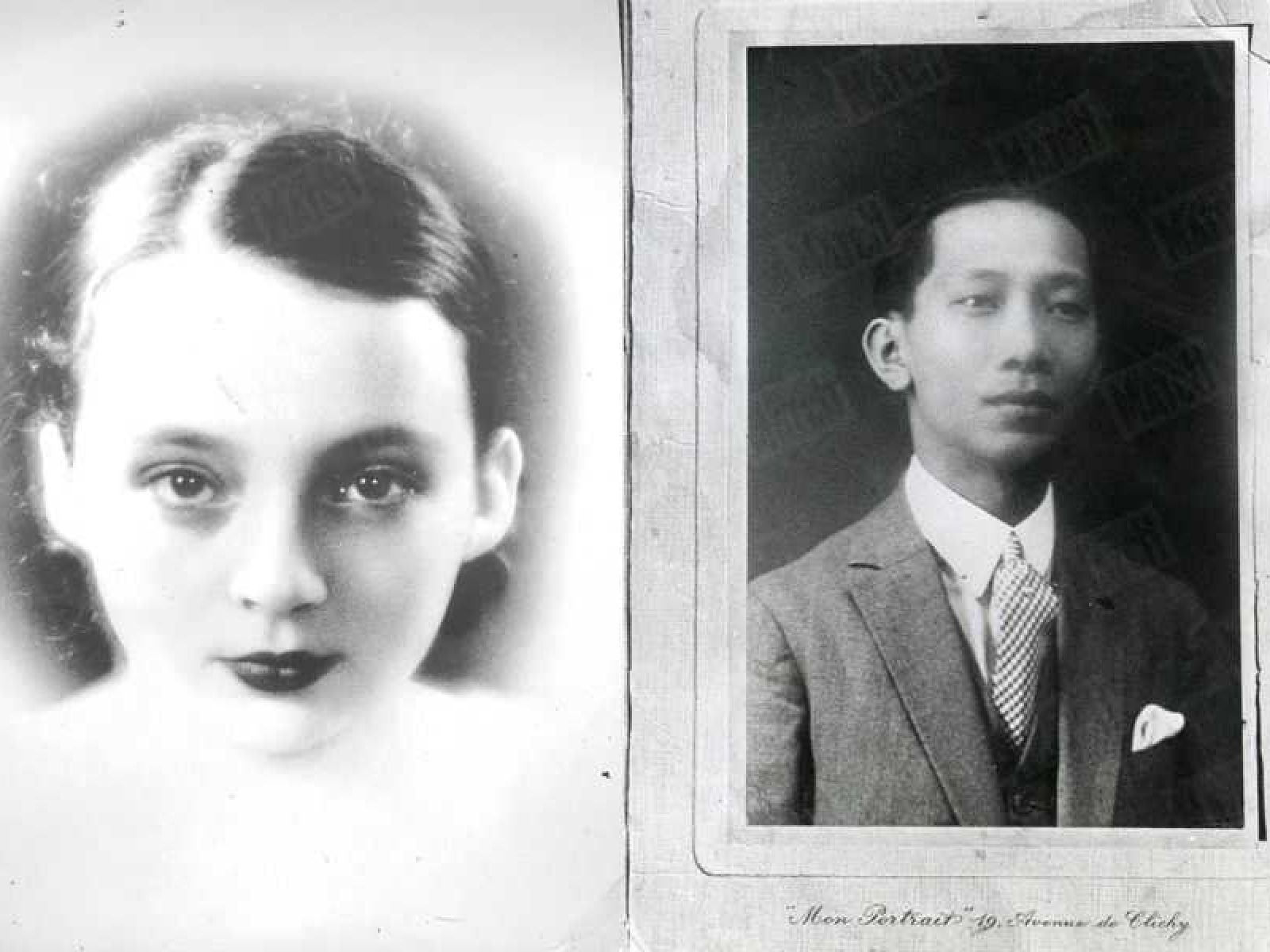
8. Living on the water
Ha Long, home to a UNESCO World Heritage site and recognized as one of the 7 Natural Wonders, is situated 165 km southeast of Hanoi. It is an ideal destination for those who love to explore the sea and islands of Vietnam. This city in Quang Ninh boasts more than 1,969 large and small islands, along with many beautiful caves such as Bo Nau Cave, Thien Cung Cave, Tam Cung Cave, Me Cung Cave, etc., contributing to Ha Long Bay's reputation as one of the world's famous tourist destinations.
These islands, most of which have names, and some of which are inhabited, form a unique ecosystem where around 500 species of flora and 1,900 species of animals coexist. Additionally, approximately 300 people live in homes made of bamboo rafts and boats. These coastal inhabitants primarily engage in fishing and providing boats and kayaks for tourists who come to explore the breathtaking beauty of Ha Long Bay.
9. Cashew nuts
Vietnam holds a prominent position as a major exporter of cashew nuts, and its agricultural products find a substantial market globally. The United States stands out as the largest consumer of Vietnamese cashew nuts, showcasing the country's significant impact on the international trade of this agricultural commodity.
In addition to cashew nuts, Vietnam actively exports other staple goods on a notable scale. Rice, a fundamental part of Vietnamese agriculture, is a key export commodity contributing to the country's economic profile.
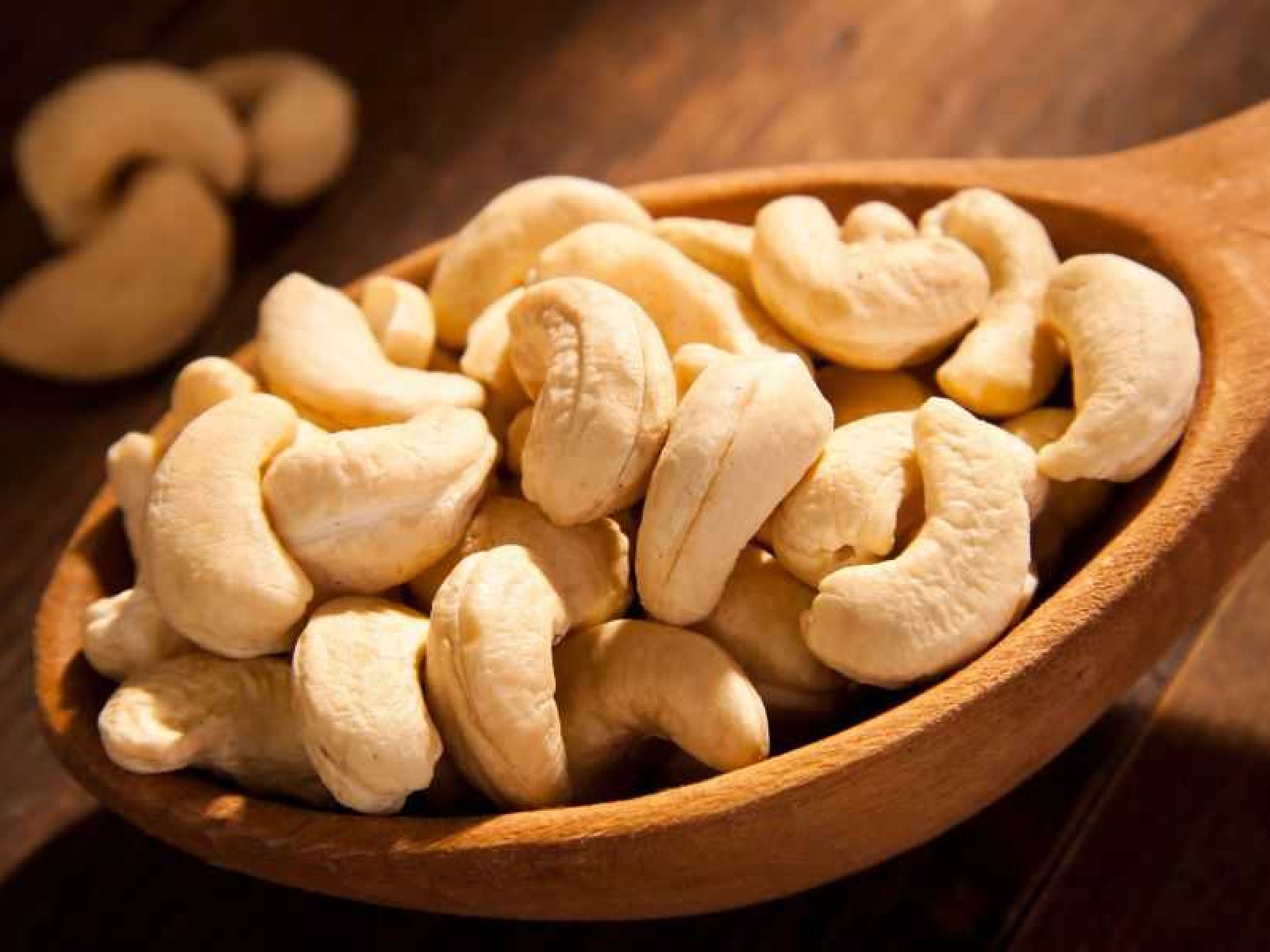
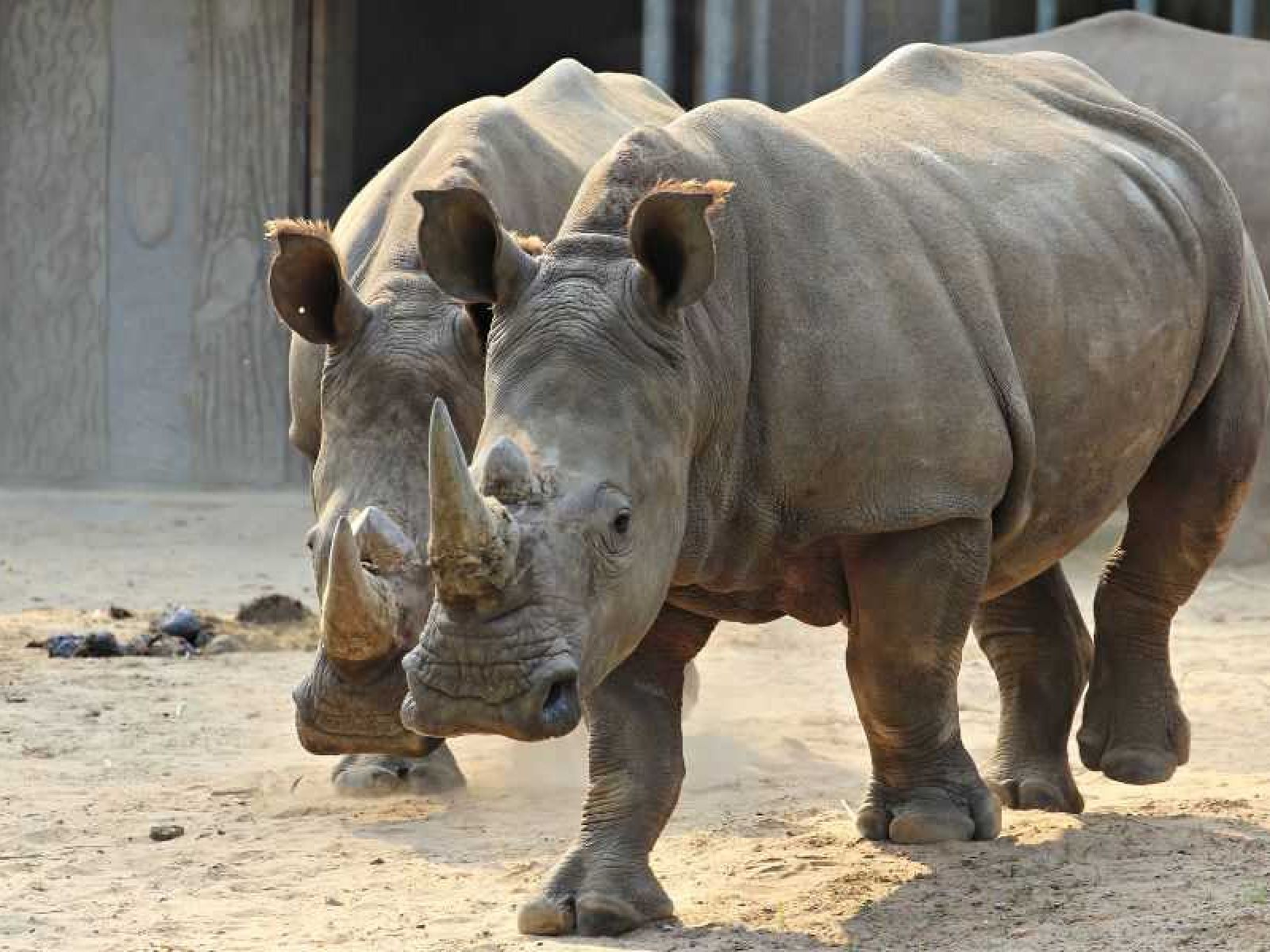
10. Animals in Vietnam
In terms of biodiversity, Vietnam ranks 16th in the world. This region is home to approximately 16,000 different plant species, of which 13,000 are terrestrial and 300 are aquatic.
Furthermore, Vietnam hosts over 10,000 different animal species, encompassing 7,750 insect species, 840 bird species, 310 mammal species, 260 reptile species, and 120 amphibian species. Notably, many species, such as the Sao La or the Vooc Ha Tinh, are endangered, with the majority of people being unfamiliar with them. Alarmingly, 10% of all wild animals are believed to be at risk. Fortunately, most of these endangered species reside in protected natural areas, providing a secure environment for their preservation.
11. Temples in Vietnam
There are approximately 17,000 temples in Vietnam, scattered across towns, cities, mountaintops, and caves. Even though it would be challenging to explore even ten percent of them, a few stand out as truly worthwhile.
One such notable temple is the Cao Dai Temple in Tay Ninh, located approximately 100 kilometers from Saigon. The interior of the church is adorned with dragons winding around the columns, painted in a particularly striking shade of pink. Visitors can explore Cao Dai Temple for free and even participate in services.
Another temple deserving attention is the Temple of Literature in Hanoi, constructed in 1070. While the city boasts around 180 temples, this one stands out as the largest and most magnificent.
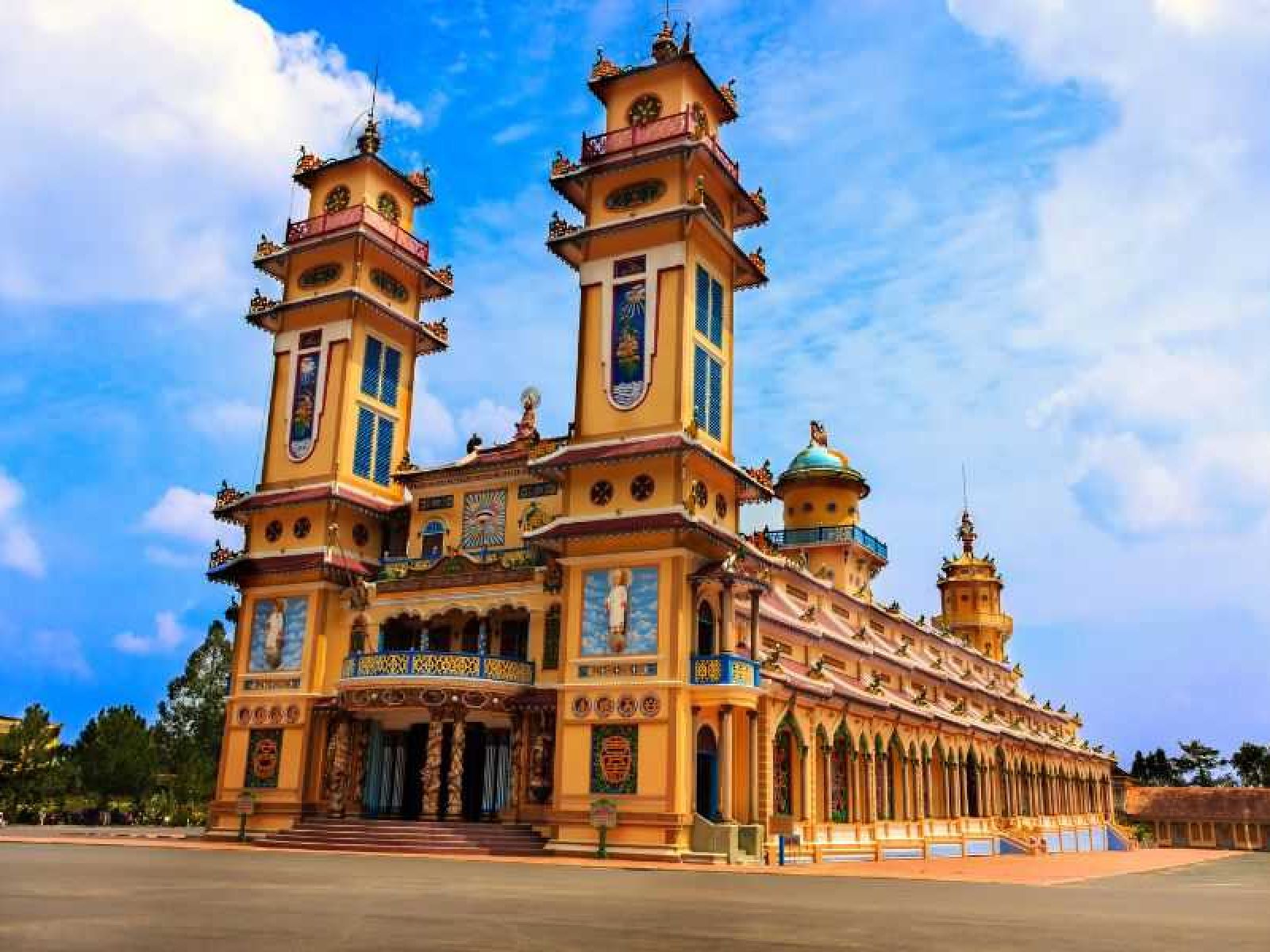

12. The village of twins
The unique village of Hung Loc is situated in the province of Dong Nai, approximately 55 kilometers from Ho Chi Minh City.
What sets it apart? Well, Hung Loc is known for a high incidence of twin births. Occasionally, twin sisters marry twin brothers, resulting in the birth of twins. It's believed that a chemical in the water is responsible for the prevalence of twin pregnancies in the region.
See, taste, and feel the real Asia
Fall in love with Southeast Asia's unmatched natural beauty, charming cities, and diverse cultures.
13. Snake-wine
A popular tincture in Vietnam, known as 'ruou ran' or snake vodka, is made using a snake, preferably several dangerous ones.
In Vietnam, snake flesh is believed to have health benefits, contributing to improved well-being and extended youth. The combination of snake and alcohol in 'ruou ran' is thought to cause the degradation of snake venom, rendering it harmless to drinkers. While these practices exist, it's important to note that views on their efficacy can vary, and they are often deeply rooted in cultural beliefs. As always, individuals should exercise caution and consider cultural contexts when exploring such practices.

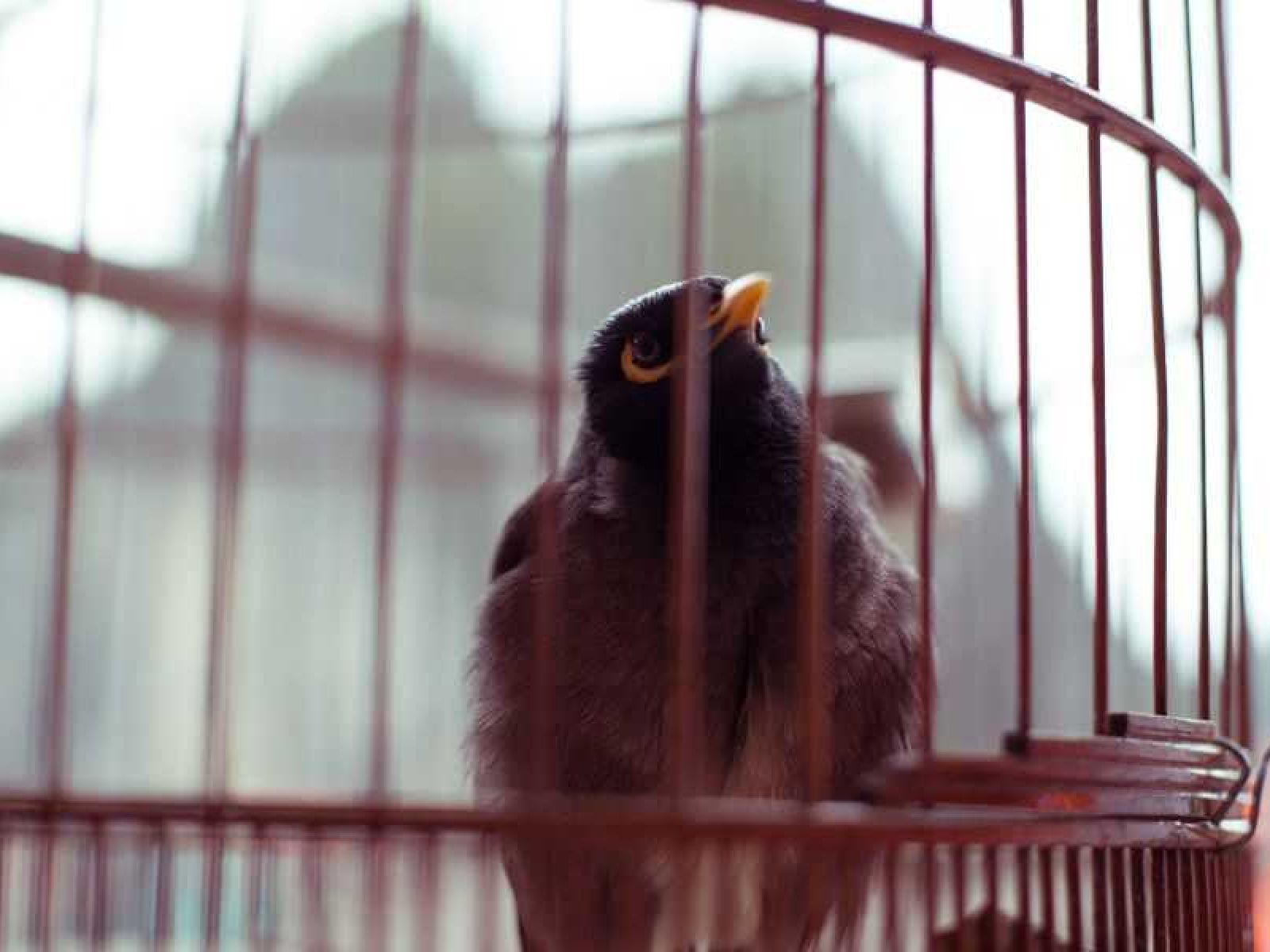
14. Vietnamese love for birds
Vietnamese people hold a deep affection for birds, embracing parrots, canaries, and nightingales. Bird cages grace windows, balconies, restaurants, stalls, and shop fronts, filling the streets with their melodious songs.
Enthusiasts often transform their gardens into 'miniature forests,' adorned with numerous trees and even aquariums. The craft of creating custom bird cages, skillfully executed using bamboo, adds an artisanal touch to this cherished tradition. Alongside this love for birds, emerging conservation efforts are underway to protect native bird species in Vietnam. Environmental awareness campaigns and initiatives strive to harmonize the joy of bird companionship with the crucial task of preserving their natural habitats.
15. Many UNESCO Monuments in Vietnam
Vietnam possesses 8 locations on the UNESCO World Heritage List:
- The Hue Historical Complex
- Ha Long Bay
- The old city of Hoi An
- My Son Sanctuary
- Phong Nha - Ke Bang National Park
- The Citadel of the Ho Dynasty
- The Trang An Landscape Complex
- Central Sector of the Imperial Citadel of Thang Long - Hanoi
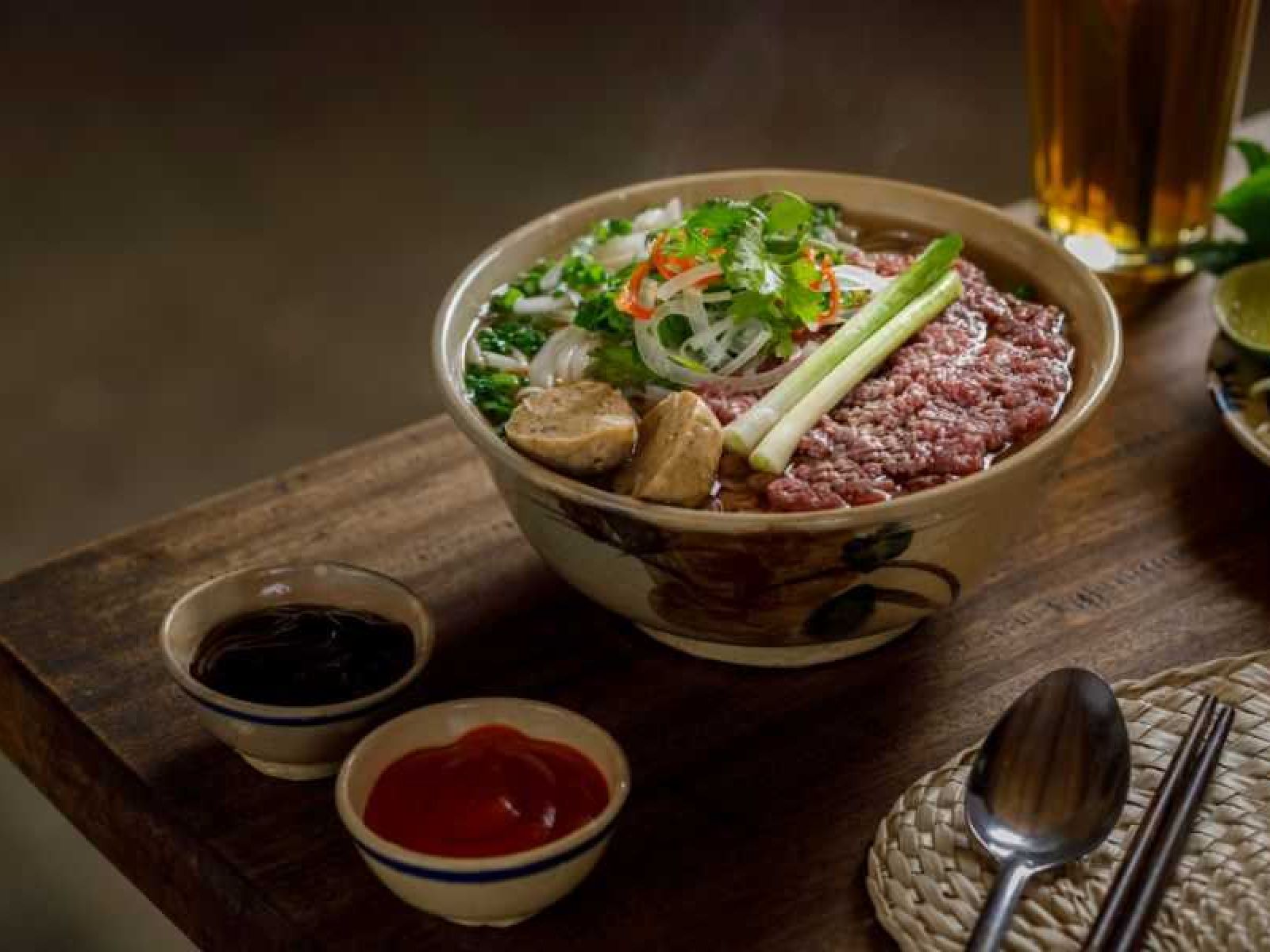
Read more on Vietnamese cuisine
16. Vietnamese flagship dishes
Vietnam boasts an array of delicious dishes, but two stand out as culinary icons: pho and banh mi.
Pho, a comforting noodle soup, features rice noodles in a savory broth with chicken or beef, enriched by fresh herbs. For a vegetarian twist, tofu adds a flavorful alternative. On the flip side, banh mi is a delightful Vietnamese sandwich encased in a crispy baguette, embracing pork, carrots, cucumbers, coriander, and occasionally, a savory egg. This portable feast is perfect for a quick and delicious grab-and-go experience, ideal for exploring the vibrant streets of Vietnam.
17. Vietnamese cuisine in 5 spices
Vietnamese cuisine is celebrated as one of the most flavorful and diverse in the world. Renowned for its harmonious blend of five fundamental tastes, each symbolizing one of the five elements: spicy (metal), sour (wood), bitter (fire), salty (water), and sweet (earth). This exquisite balance not only tantalizes the taste buds but also reflects the intricate connection between Vietnamese culinary traditions and the broader cultural and elemental influences that shape the nation's rich food heritage.
Delve into dishes like 'ngu vi huong,' where the five-spice blend elevates the flavors of various meat dishes, or savor the aromatic 'pho bo' with its robust broth featuring a careful fusion of spices.
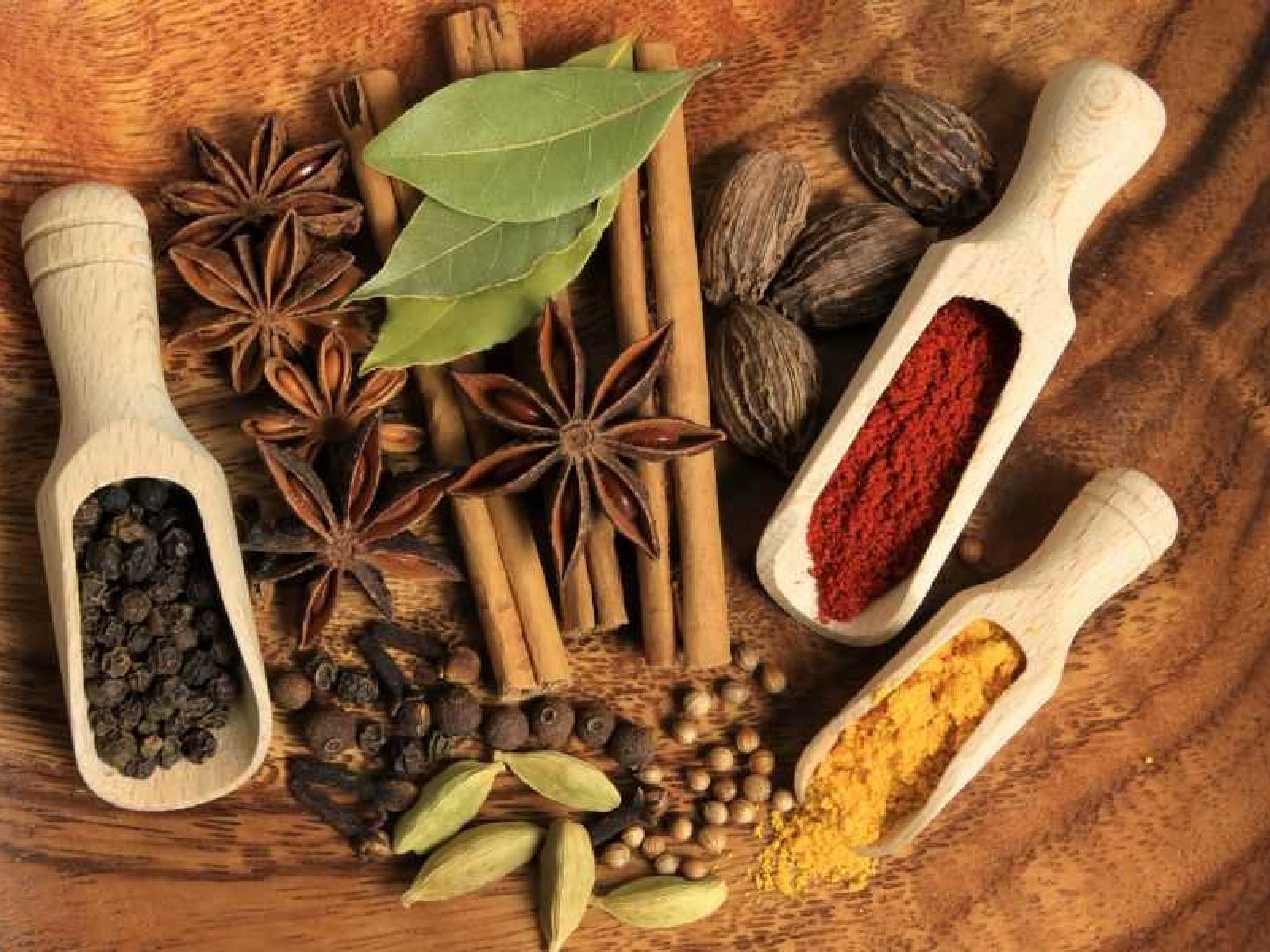
18. Water puppet theater
Vietnam is the birthplace of water puppets, wooden and vibrant creations that take on the roles of actors in traditional plays, but with a unique twist — they perform on water instead of a traditional stage. Behind bamboo screens, skilled animators manipulate these puppets, a task that demands considerable physical effort. These effigies, weighing up to 5 kg and standing as tall as 100 cm, showcase the intricate craftsmanship and artistry that make water puppetry a captivating and distinctive cultural performance in Vietnam.
19. Fair markets in the mountains
In the foothills of northern Vietnam, the town of Bac Ha hosts thriving, vibrant, and colorful marketplaces. Stalls are piled high with a diverse array of goods, enticing mountain residents to travel for hours to make their purchases. This bustling spot caters to both locals and tourists, offering beautiful handicrafts and ethnic minority goods for purchase.
In addition to the lively commerce, Bac Ha's markets are a kaleidoscope of cultural exchange. The atmosphere echoes with the chatter of local dialects, creating a rich tapestry of traditions and stories.

20. Some rules in Vietnam you need to know
To fully enjoy your time in Vietnam, understanding local customs is key to navigating social interactions smoothly. Here are a few cultural norms to keep in mind:
- Avoid touching people's heads, as it is perceived as a threat. In Vietnamese culture, the spirit of a person is believed to reside in the head.
- Pointing your finger directly at someone is considered rude. Instead, gestures with an open hand or subtly indicate with your whole hand.
- When entering someone's home, it's customary to take off your shoes. This practice is a sign of respect and cleanliness in Vietnamese households.

